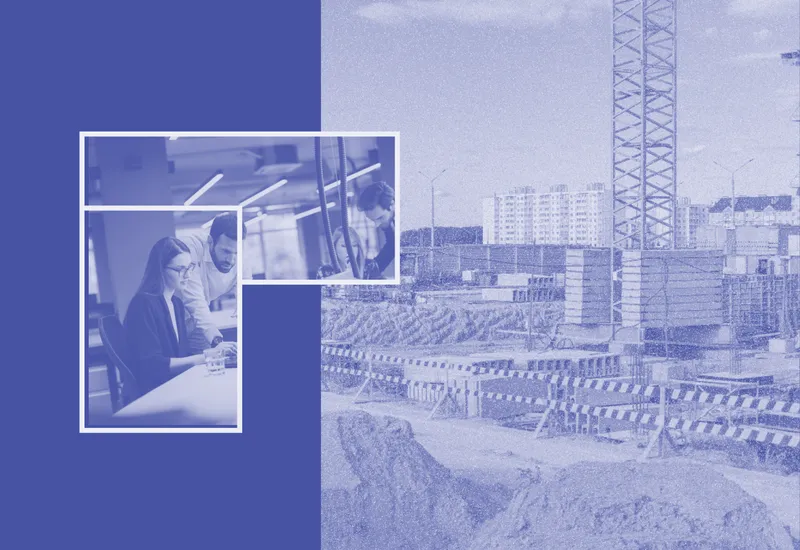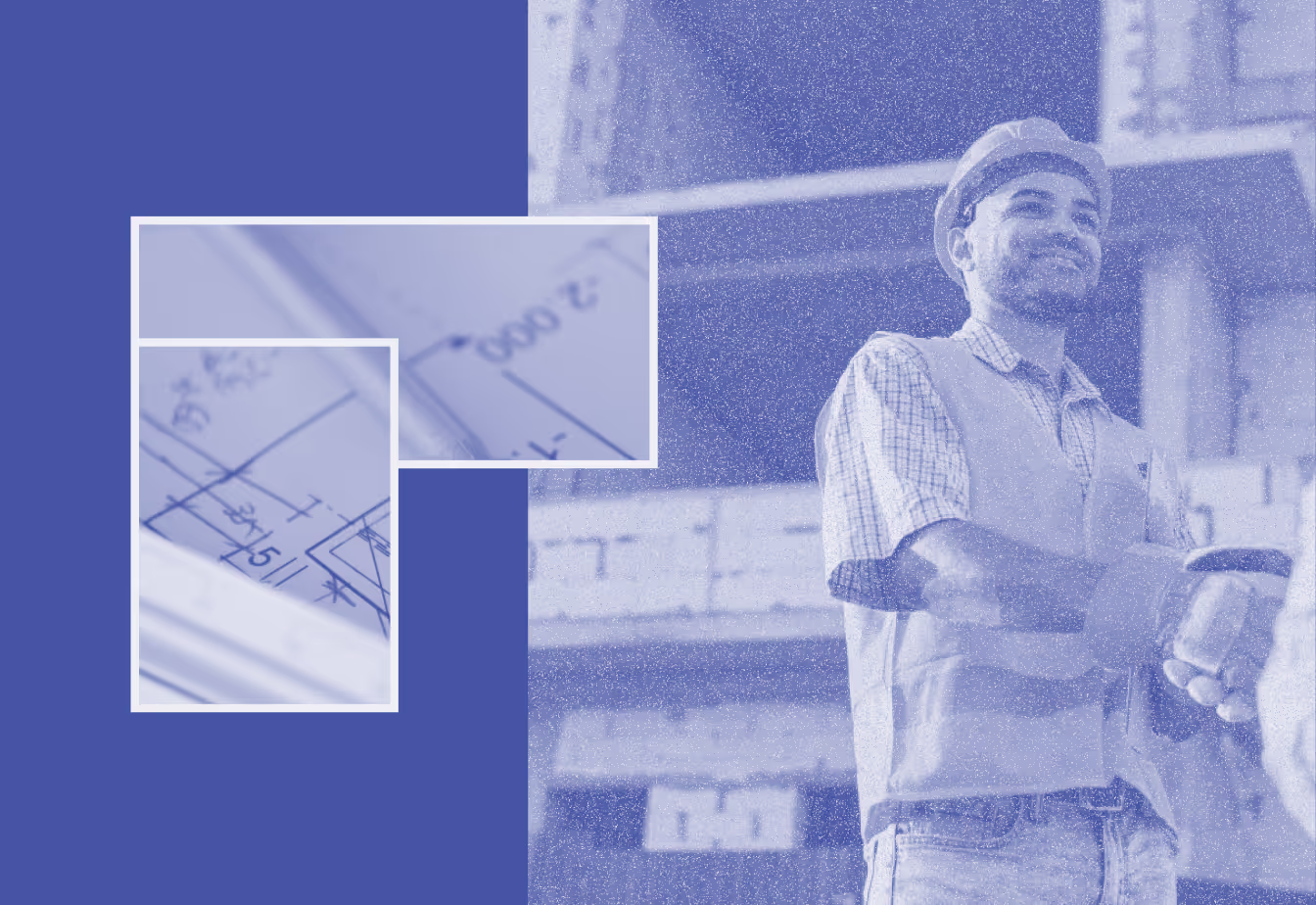What to Review In Third-Party Inspection Reports

Aligning invoiced work with a project's timeline and budget is a critical piece of managing risk, but many construction lenders lack the time and experience to evaluate the quality of work done by the builder. That’s why it’s crucial to know what to review in third-party construction inspections, as they're an important part of successful construction loan management.
Often called a construction progress inspection or a draw inspection, a construction site inspection is a review of construction progress. These reviews investigate whether the project is in compliance with the construction plans provided. Third-party inspectors are certified and experienced in mechanical and electric codes, legal issues in construction inspection, concrete, masonry, and structural integrity.
There are five major site inspection types:
- New construction home inspection
- Subdivision inspection
- Multifamily inspection
- Commercial inspection
- Site development inspection
Your project may require more than one type of inspection throughout its lifecycle. Let's look at the elements of a construction site inspection report and the stages a third-party inspector follows to complete a report.
Inspector Workflow
Third-party inspectors follow a standard workflow to create a detailed report.
First, the inspector will receive a copy of the draw package requesting payment from the borrower, the contractor, or the bank. Upon obtaining all of the necessary documentation, the inspector will review the draw records, past and present, to gain an in-depth understanding of the state of the project. They might review the timeframe, the construction schedule, and the scope of work completed thus far.
An on-site examination of the construction project is the next step after reviewing the documents. The inspector uses a construction site inspection checklist to examine and verify the progress of the mechanical, plumbing, and electrical phases of the project. They'll also do an assessment of framing, roofing, drywall, and sheathing. The inspector will then submit a construction site inspection report verifying or disproving the viability and accuracy of the draw request. The inspector will also include funding recommendations in the report. In some cases, there may be a need for a construction dispute inspection where the third-party inspector is called upon to produce an unbiased report that will settle any disputes between contractors, lenders, and customers.

Elements of an Inspection Report
These eight elements are present in standard inspection reports. Capital partners and lenders will need to familiarize themselves with these pieces to better understand what's included in a report.
- First, photos of project completion to date are obtained and reviewed for accuracy. The lender needs to confirm that the inspector went to the correct construction site and then compare photos to prior draws to verify tangible progress.
- Step two is to review the hard costs and retainage balances. This review helps the lender determine if the project costs to date match the original contract sum and if they seem reasonable based on prior requests and disbursements. The lender will also check to see if the retainage percent matches the contractual amount to date. While conducting a funding analysis, the lender will check for any significant input errors between the draw funding line items and the G702, as well as check to ensure that the provided receipts are correctly associated with the project. It’s crucial that lender also reviews loan-specific thresholds for percent complete vs. percent invoiced.
- Next, it’s time to scrutinize the percentage of the project completed and the percentage of contingency used to date. The lender reviews the list of prior draw requests to see the percentage completed over time, looking for an increasing percentage completed each period. The contingency set aside should cover any extra costs that might come up. It's essential to review the line item for contingency to make sure the appropriate amount is set aside at each phase of the project.
- The lender will perform a review of current hard-cost revisions based on change orders. This review helps assess whether the costs associated match the original change order, assess a change in the scope of work, and determine how these changes affect the overall budget and timeline. The change order should match the nature of the work before sending the inspector to the site.
- If the project is behind schedule, the lender will review the funding schedule line chart that shows both ahead-of-schedule and behind-schedule funding. If the project is behind schedule, calculating the interest reserves lets the construction loan manager know if there is enough interest to pay out if the project goes over the scheduled timeline.
- Next, the lender will check whether there are any off-site stored materials. Stored materials relate to items purchased in advance and are stored either on a project site or at a different “off-site” location. They include things like framing materials, roof trusses, custom timbers or beams, HVAC equipment, and custom windows, all of which should be safely stored in an insured facility close to the project site.
- The lender will verify if there is significant budget left (including retainage) to complete the project. To determine this, the lender reviews a list of prior draw requests, the amount approved, retainage percent, and percent complete. Ideally, the percent completed each period matches the overall scheduled project timeline.
- Determining the lien release status means verifying that lien releases match the amount funded. If $1 million has been funded, then you’ll want a release to balance to that amount. This status check is done to prevent the risk of any missing liens slipping through the cracks. Lenders may also check that a general contractor has provided an unconditional lien release from prior draw requests, including a statement that they've paid all obligations concerning those payment applications.
Summarizing Third-Party Inspections
Performing a third-party construction site inspection is extremely important regardless of the nature and scope of the construction project. A certified third-party inspector is a critical resource that will vouch for the work completed and deliver a detailed construction inspection report that helps to move the project forward. Knowing how to read and interpret the report is a valuable construction loan management skill.
Rabbet Construction Finance helps lenders and capital partners mitigate risk throughout the construction lending process. Learn more about how Rabbet's software solution gives capital partners the tools they need for better project outcomes.
















